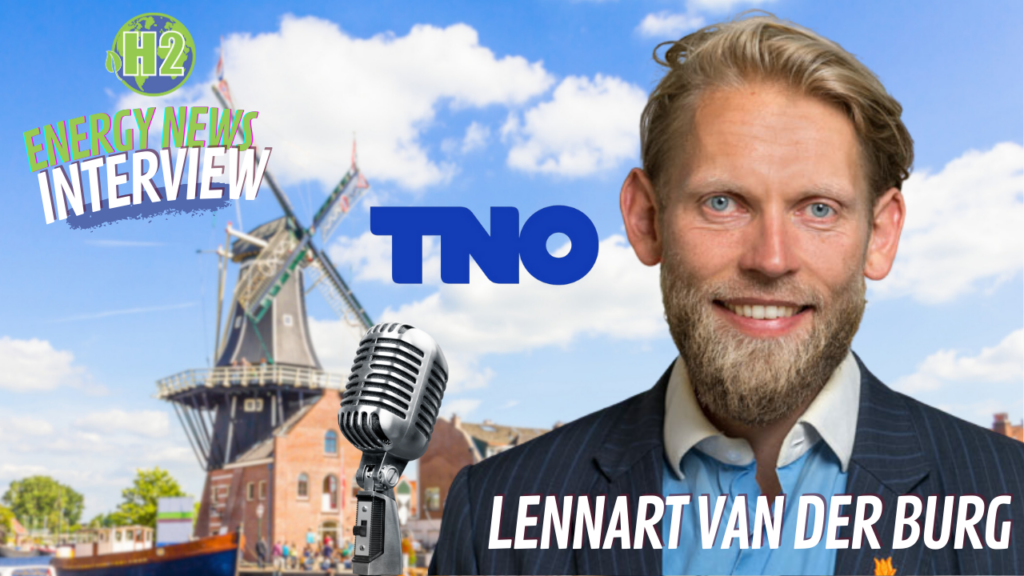In a recent interview, Lennart van der Burg, a hydrogen expert at the Dutch applied research institute TNO, shared valuable insights into the Netherlands’ ambitious hydrogen strategy and the challenges ahead. While the country has set impressive targets for hydrogen production, the current cost of green hydrogen remains a significant hurdle.
WATCH THE FULL INTERVIEW HERE
The Netherlands aims to achieve 4 to 6 GW of installed electrolyzer capacity by 2030. However, as van der Burg pointed out, the cost of green hydrogen, produced through renewable electricity and electrolysis, is much higher than initially anticipated. This cost discrepancy poses a challenge to the widespread adoption of green hydrogen in the near term.
To address this, the Dutch government has taken proactive measures. They are providing subsidies to green hydrogen projects and implementing regulations that mandate the use of green hydrogen in specific industries. This two-pronged approach aims to stimulate the growth of the green hydrogen sector and accelerate its cost reduction.
While green hydrogen is the ultimate goal, the Netherlands recognizes the potential role of blue hydrogen in the transition period. Blue hydrogen, derived from fossil fuels with carbon capture and storage, offers a lower-carbon alternative in the short to medium term. However, the long-term vision focuses on green hydrogen as the cornerstone of a sustainable energy system.
Van der Burg acknowledged that the Netherlands will likely import hydrogen to meet domestic demand. The country collaborates with other nations to establish secure and sustainable hydrogen supply chains.
The Netherlands boasts significant offshore wind potential and, although not a leader in solar energy, is actively expanding its renewable energy capacity. This renewable electricity can be harnessed to produce green hydrogen, offering a solution for storing surplus energy and ensuring a stable supply even when the wind isn’t blowing or the sun isn’t shining.
Developing the necessary hydrogen production, storage, and transport infrastructure presents another challenge. While concerns about costs and potential delays exist, the Netherlands can leverage its existing gas grid, partially repurposing it for hydrogen transport. This approach offers a potential advantage in accelerating infrastructure development.
TNO, where van der Burg leads the hydrogen R&D program, supports the Dutch government’s energy transition efforts. The organization actively develops hydrogen technologies and addresses critical issues such as monitoring hydrogen emissions.
